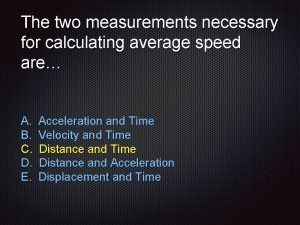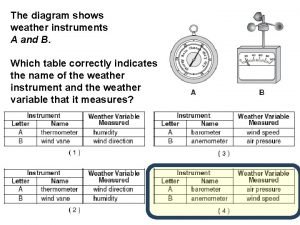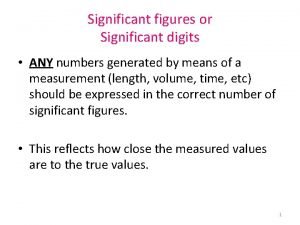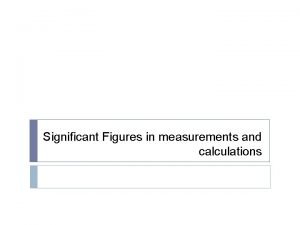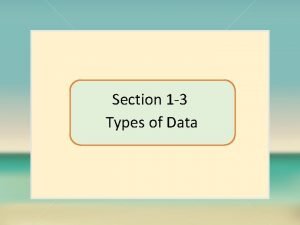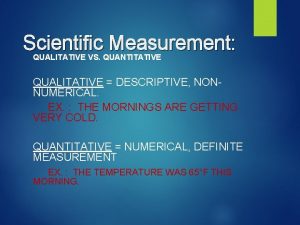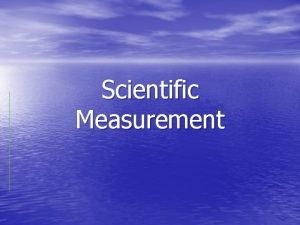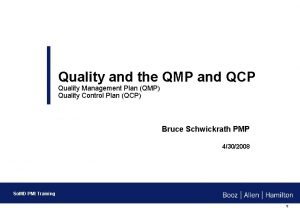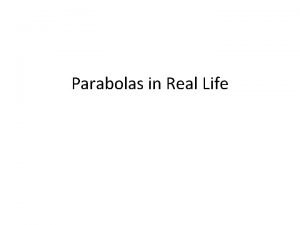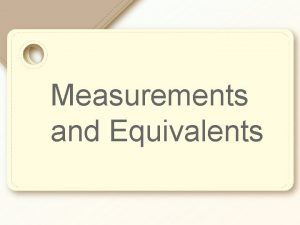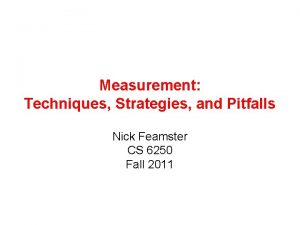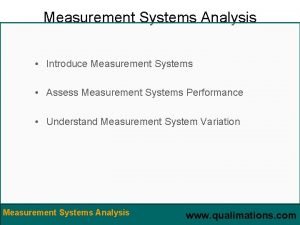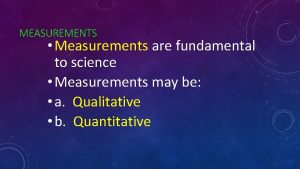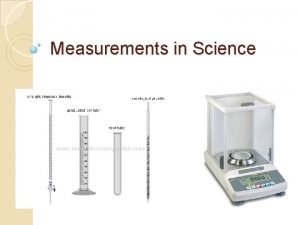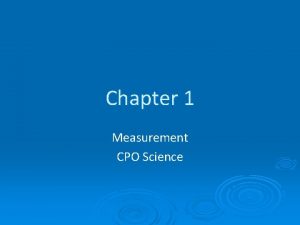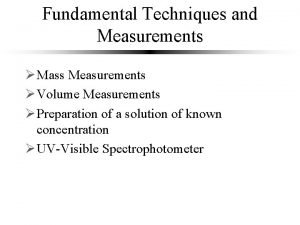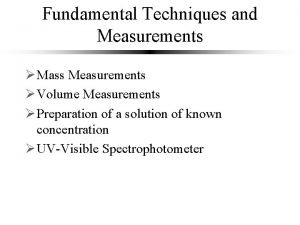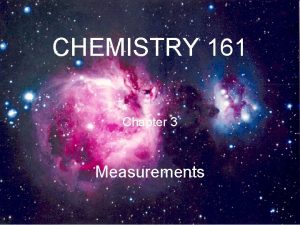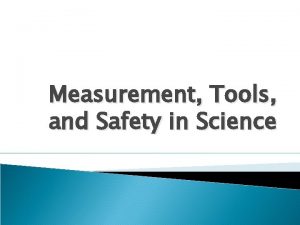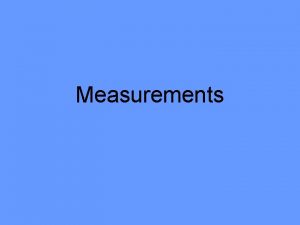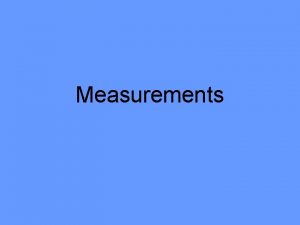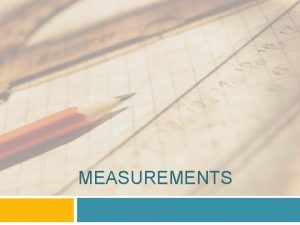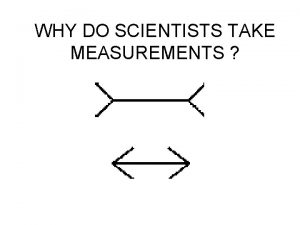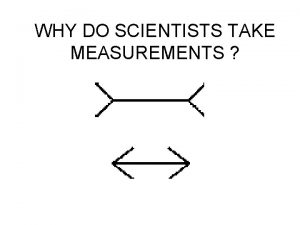Measurement in Science In science we want measurements


















- Slides: 18



Measurement in Science In science, we want measurements to be both accurate and precise. What is the difference between accurate and precise?



The difference between the two • Accuracy refers to how closely a measured value agrees with the correct value. • Precision refers to how closely individual measurements agree with each other.

Accurate, Precise, or Both?

Accurate, Precise, or Both?

Accurate, Precise, or Both?

Percent Error Someone give me the percent error formula we used yesterday. . . Percent error = ([experimental value accepted value]/accepted value) * 100% That absolute value meams that P. E. is always positive and also it doesn't matter whether you start with experimental value or accepted value.

Mean, Median & Mode Don't want to bore you, but gotta cover my bases: Mean - average: add totals of data together and divide by the number of values present in data. Median - Number in data that sits in the middle of the whole set of data points Mode - Number in set of data that occurs most often

Range vs. Spread The range of data is the subtraction from the outliers. . . What does this mean? Calculate the range of this set of data: 62, 180, 54, 60, 98, 125, 75, 97, 86. Range is 120: Subtraction of the outliers 180 and 60.

Spread The spread is the average of how much each separate data point varies from the average or mean. In this class, we will call this the Standard Deviation. To find the S. D. , use this formula:

Kinda scary. . . so we'll simplify it. Take all the original numbers and subtract each one individually from the average. Square that answer. This is your total for that individual number. Add up all your samples, then divide it by the total number of samples. once you have done that you take the square root of these numbers, and you have your S. D.

Consider this set of data of the following eight values: 2, 4, 4, 4, 5, 5, 7, 9: calculate the average vg. = 5, so we subtract 5 from each one of these values and square it. A Add all those together and divide by the total number of values = 8. Take the square root of that, which gives your Standard Deviation.



 Eric’s favourite .......... is science
Eric’s favourite .......... is science The two measurements necessary for calculating speed are
The two measurements necessary for calculating speed are Weather instruments diagram
Weather instruments diagram Genesis 6:15
Genesis 6:15 Rounding off rules for 5
Rounding off rules for 5 How many sig figs when reading a thermometer
How many sig figs when reading a thermometer Statistic vs parameter example
Statistic vs parameter example Qualitative vs quantitative science
Qualitative vs quantitative science Scientific measurements
Scientific measurements Range of motion definitions
Range of motion definitions 4 basic measurements are in qcp
4 basic measurements are in qcp Njrotc female uniform
Njrotc female uniform Wilkins score
Wilkins score Fovea palatine
Fovea palatine Eiffel tower coordinate graph
Eiffel tower coordinate graph Alley dock backing
Alley dock backing Measurements equivalents and adjustments
Measurements equivalents and adjustments Bgp measurements cs6250
Bgp measurements cs6250 Measurements system analysis
Measurements system analysis

